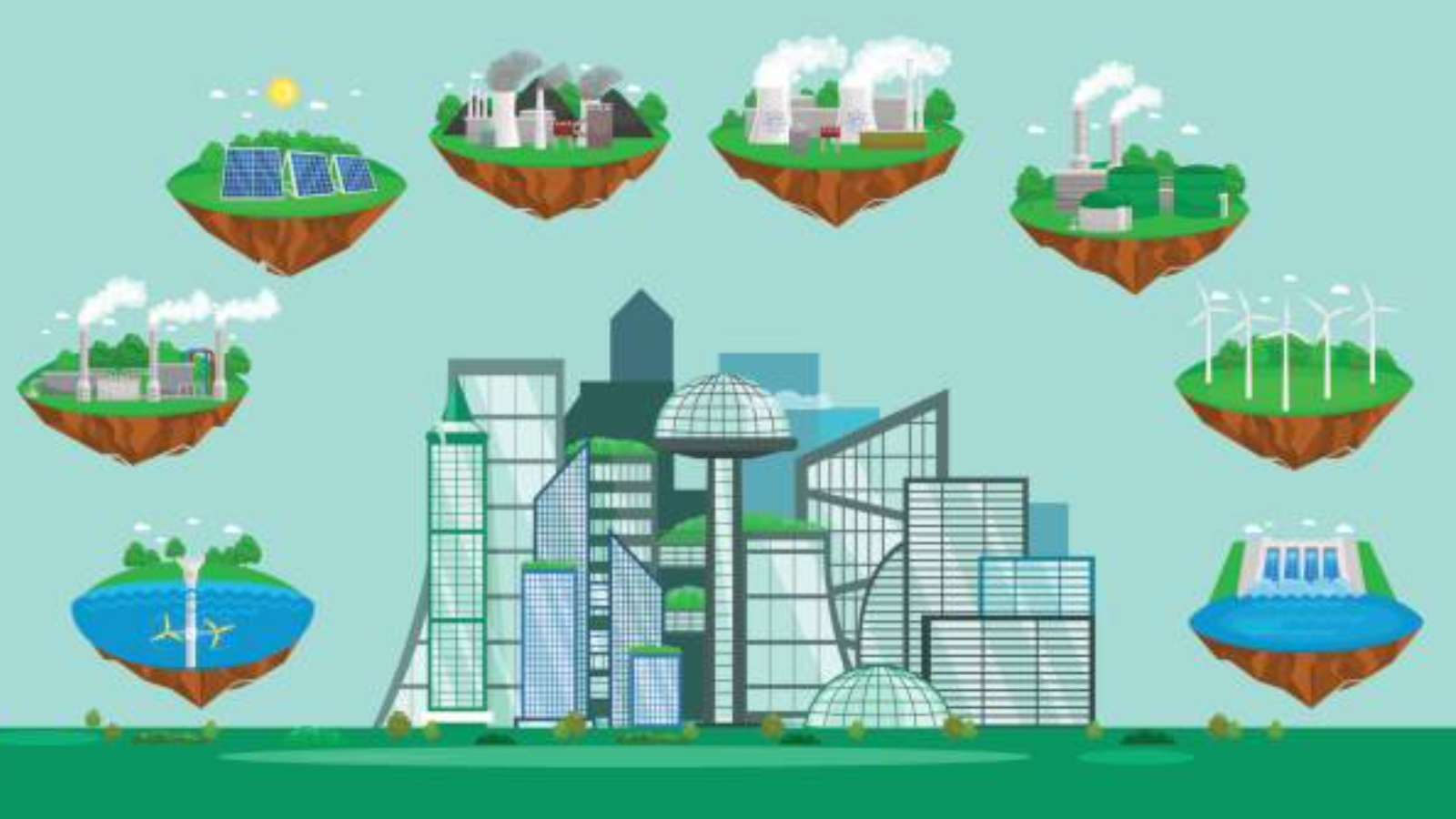In this Article
Introduction
The term “smart city” has become a buzzword in urban planning and development, but what does it mean? As cities around the world strive to become smarter, it’s essential to understand the core characteristics that define a smart city. This article defines a smart city through four pillars: technology, sustainability, public Services, and citizen engagement.
By the end of this article, you will have a comprehensive understanding of what makes a city truly smart.
Best Definition of a Smart City
A smart city uses advanced technologies and data insights to improve residents’ quality of life, promote sustainability, and optimize urban services. It integrates various technological solutions to create a connected, efficient, and responsive urban environment. At its core, a smart city is designed to be inclusive, ensuring that all residents benefit from these advancements.
Furthermore, it aims to reduce the environmental footprint of urban areas through intelligent resource management. By fostering innovation and collaboration among stakeholders, a smart city continuously evolves to meet the changing needs of its population.
Important Components of a Smart City
1. Intelligent Transportation Systems
- Smart Traffic Management: Utilizing real-time data from sensors and cameras, smart traffic management systems can adjust traffic signals dynamically to optimize traffic flow, reduce congestion, and minimize travel time.
- Public Transit Optimization: Smart cities use data analytics to improve public transportation services. This includes real-time tracking of buses and trains, predictive maintenance for vehicles, and optimized route planning to ensure timely and efficient service.
- Shared Mobility Solutions: The integration of shared mobility options, such as bike-sharing and car-sharing programs, provides residents with convenient and eco-friendly alternatives to private car ownership.
2. Energy Efficiency and Management
Energy management is a critical component of a smart city, focusing on reducing energy consumption and promoting the use of renewable resources.
- Smart Grids: Smart grids use digital technology to monitor and manage electricity distribution efficiently. They can detect and respond to changes in energy demand, integrate renewable energy sources, and reduce energy loss.
- Energy-Efficient Buildings: Smart buildings are equipped with automated systems that control lighting, heating, and cooling based on occupancy and environmental conditions. This reduces energy consumption and lowers operational costs.
- Renewable Energy Integration: Smart cities prioritize the integration of renewable energy sources, such as solar panels and wind turbines, into their energy mix. This not only reduces carbon emissions but also enhances energy security.
3. Enhanced Public Services
Smart cities leverage technology to improve the delivery and accessibility of public services, making them more efficient and user-friendly.
- Smart Healthcare: Telemedicine, remote monitoring, and digital health records are some of the innovations that smart cities use to enhance healthcare services. These technologies improve patient outcomes and reduce the burden on healthcare facilities.
- Smart Education: E-learning platforms and digital classrooms provide students with access to quality education regardless of their location. Moreover, smart cities also use data analytics to tailor educational programs to meet the needs of their communities.
- Public Safety and Security: Advanced surveillance systems, emergency response platforms, and predictive policing tools help smart cities enhance public safety. These technologies enable faster response times and more effective crime prevention.
4. Citizen Engagement
A smart city prioritizes residents, ensuring technology and sustainability efforts directly benefit them.
- E-Government Services: Digital platforms enable residents to access government services online, from paying bills to applying for permits. This not only improves convenience but also, more importantly, enhances transparency and accountability.
- Community Participation: Smart cities leverage technology to foster community engagement. Mobile apps and online platforms allow residents to participate in decision-making processes, report issues, and provide feedback on city projects.
- Inclusive Design: Smart city initiatives must be inclusive, ensuring all residents benefit from technological advancements regardless of age, income, or ability. This includes providing digital literacy programs and ensuring accessibility in public spaces.
Conclusion
The best definition of a smart city encompasses intelligent transportation systems, energy efficiency and management, enhanced public services, and citizen engagement. By leveraging advanced technologies, prioritizing sustainable practices, and fostering active community participation, smart cities can create a more efficient, resilient, and inclusive urban environment. As cities continue to evolve, the smart city model offers a roadmap for addressing the complex challenges of urbanization and improving the quality of life for all residents.
How Can We Help?
The AlphaX ecosystem offers innovative solutions to tackle the challenges of contemporary urban environments. Our services include smart infrastructure, advanced data analytics, and citizen engagement tools to enhance city efficiency, sustainability, and livability. To learn more about how AlphaX can support your city’s transformation, visit our contact page.
References
Related Blog Posts
How Smart Cities Connect: Getting Started with Edge AI and IoT Technology
How to Get Started with Edge AI and IoT Technologies in Smart Cities: Overcoming Integration Challenges In recent years, the concept of smart cities has evolved from a futuristic Read More
5 Step Strategy: Ensuring Security and Privacy in 15-Minute Smart Cities
Introduction Ensuring security and privacy in 15-minute smart cities is a critical challenge as urban areas become increasingly connected through IoT and edge AI technologies. These cities aim to Read More
What is a smart city and the challenge of legacy systems
How to Get Started with Integrating Legacy Systems in Smart Cities Smart cities are transforming urban landscapes by leveraging technology to improve the quality of life for residents. However, Read More




